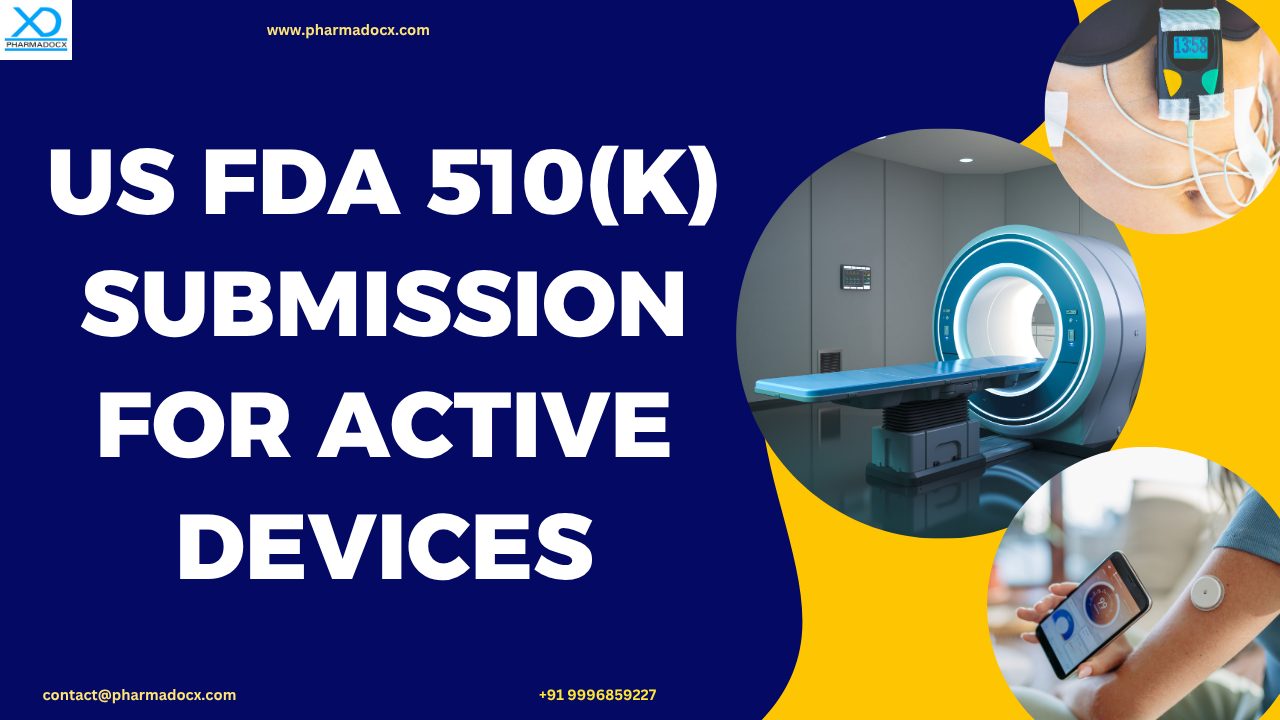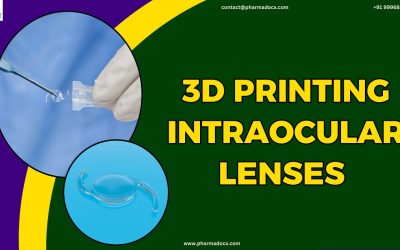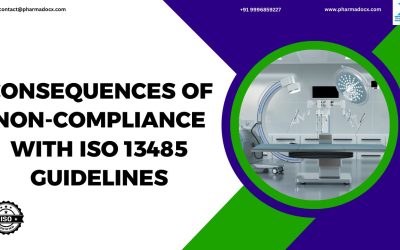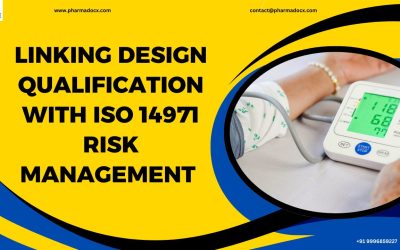Owing to their reliance on external energy sources, active medical devices pose moderate risk to the patients and users. Hence, they have to be regulated accordingly. They fall under the purview of FDA 510(k). Manufacturers will have to demonstrate their device is substantially equivalent to a legally marketed predicate device. In this blog, we have prepared a step-by-step framework for US FDA 510(k) submission for active devices.
What is an active device?
First, let us understand what is an active device. An active device refers to any medical device that relies on an external source of energy. These devices typically use electrical, electromagnetic, mechanical, thermal, or software-driven energy to perform their intended medical function.
Key characteristics of active medical devices
- Energy-dependent: They require external power sources, such as batteries, electricity, or software algorithms.
- Functional complexity: Often involve sensors, actuators, displays, or embedded software.
Examples: Infusion pumps, patient monitors, powered surgical instruments, diagnostic imaging systems (e.g., ultrasound, MRI), wearable ECG or glucose monitors, software as a medical device (SaMD)
Regulatory requirements
As active devices introduce additional risks, such as electrical hazards, software bugs, or electromagnetic interference, the FDA expects:
- Robust performance testing (e.g., IEC 60601 for electrical safety, EMC testing)
- Software validation and cybersecurity controls
- Risk management aligned with ISO 14971
- Clear labeling and user instructions to mitigate misuse or malfunction
What is 510(k) submission?
510(k) is the FDA premarket notification. It is used to obtain clearance to commercially distribute a medical device in the United States. The process involves demonstrating the device is substantially equivalent in safety and effectiveness to a legally marketed predicate device.
Need for US FDA 510(k) submission for active devices
Active medical devices typically require a 510(k) submission because they pose moderate risk to patients and users. They pose risks due to their reliance on external energy sources, such as electricity, batteries, or software, to function. We have highlighted the need for US FDA 510(k) submission for active devices.
- Risk profile: Active devices are usually Class II. This means they present more than minimal risk but not enough to require full Premarket Approval (PMA).
- Energy-driven functionality: These devices generate or use external sources of energy, which introduces risks, such as electrical shock, electromagnetic interference, software malfunction, or battery failure or overheating.
- Substantial equivalence demonstration: The 510(k) process allows manufacturers to demonstrate their device is substantially equivalent to a legally marketed predicate. This avoids the need for clinical trials, provided the new device has the same intended use or uses similar technology. It should not raise new safety or effectiveness concerns.
- Market access: Without 510(k) clearance, active devices cannot be legally marketed in the U.S. The US FDA 510(k) submission for active devices ensures that only safe, effective, and well-documented devices reach patients. Hence, 510(k) clearance is vital for accessing the US market.
Types of US FDA 510(k) submission
- Traditional 510(k): Most common for new active devices. Full supporting documentation and data will be required.
- Abbreviated 510(k): Leverages recognized consensus standards and guidance documents to streamline evidence.
- Special 510(k): Special 510(k) is required for modifications to your own device where the fundamental technology and intended use are unchanged.
Requirements for 510(k) submission for active devices
- Device description: A detailed device description is a must for 510(k) submission for active devices. It should cover design, components, power source, modes of operation, software architecture, accessories, and variants.
- Indications for use: Indication for use, precise clinical purpose, and user population have to be included in the application.
- Predicate comparison: An in-depth comparison between proposed device and predicate device showing same intended use and similar technological characteristics is required. Additionally, an explanation why differences do not raise new questions of safety/effectiveness should be provided.
- Performance testing: Bench testing, bench-top functional tests, electrical safety, electromagnetic compatibility (EMC), battery and charging tests, durability, and any sterilization/shelf-life testing as applicable have to be performed.
- Software documentation: Software description, risk analysis, verification and validation evidence, cybersecurity considerations, and documentation per FDA software guidance, in case the device contains software, will be required.
- Biocompatibility: Biocompatibility testing or rationale will be required, if the device contacts patients or users.
- Risk management: ISO 14971-based risk analysis and mitigations linked to test results and design controls will be required as part of the application.
- Labeling and instructions for use: Proposed labels, warnings, and user manuals have to be included in the submission.
- Quality system evidence: QMS compliance overview and references to design history file (DHF) and related records will be required.
Pro tips for 510(k) submission for active devices
We have provided some tips for a smooth US FDA 510(k) submission for active devices.
- Select the best-matching predicate and document the rational
- Run complete electrical safety and EMC testing early
- Prepare thorough software verification and validation and cybersecurity controls
- Ensure labeling matches intended use and test evidence
- Centralize document control for traceability
- Consider a pre-submission meeting with FDA for novel devices
510(k) submission for active devices: 5 key phases
- Phase 1: Define the intended use and product code. Draft indications for use statement (Form 3881).Prepare device description including diagrams, power supply, interoperability. Identify and justify a predicate device. Create the 510(k) summary for your active medical device.
- Phase 2: Collect and review device drawings and design files, material safety data sheets, manufacturing flowcharts, and proposed labeling and IFU. Packaging, transportation, and sterilization (if applicable) have to be validated. Perform bench performance testing. EMC and electrical safety documentation will be required. Risk management plan and report (ISO 14971 aligned) have to be prepared. Applicable consensus standards will have to be prepared. Essential performance and immunity test results will be required. Device configuration and functions have to be tested. Finally, EMC testing results will be required.
- Phase 3: Substantial equivalence will have to be effectively demonstrated. Prepare the FDA Form 3514 and executive summary. An in-depth comparative analysis with predicate device will be required. A thorough substantial equivalence discussion has to be prepared.
- Phase 4: Draft all administrative documents required for the application. Prepare the cover letter, truthful and accuracy statement, and declarations of conformity. Fill in FDA Form 3601 (user fee cover sheet).
- Phase 5: Complete the RTA checklist. Prepare and submit the e-copy.
6 Common pitfalls in 510(k) submission for active devices
- Weak predicate selection: Choosing a predicate with mismatched intended use or technological characteristics. As a result, FDA may reject the substantial equivalence claim or escalate to PMA.
- Incomplete or inconsistent documentation: Contradictions between sections (e.g., device description vs. labeling), missing test reports, or vague technical specs. This will lead to delays, RTA hold, or outright rejection.
- Insufficient performance testing: Missing or inadequate electrical safety (IEC 60601), EMC, software, or usability testing. In these cases, FDA will request additional data or question device safety.
- Poor software documentation: Lack of software architecture, cybersecurity controls, or validation aligned with IEC 62304.As a result, FDA will flag software as high-risk or non-compliant.
- Overlooking RTA checklist: Missing required elements per FDA’s refuse to accept (RTA) checklist. This will lead to the submission being placed on hold or rejected before review.
- Underestimating FDA Communication: Delayed or unclear responses to FDA queries is a huge pitfall. This will lead to a prolonged review process or even withdrawal of application.
We at Pharmadocx Consultants provide extensive support to our clients for US FDA 510(k) submission for active devices. Our team will provide templates and guidance. We will review your application and ensure your documents are audit ready. Simply drop an email at [email protected] or call/Whatsapp on 9996859227 to avail our services.





